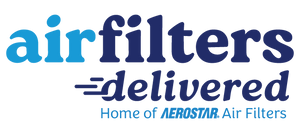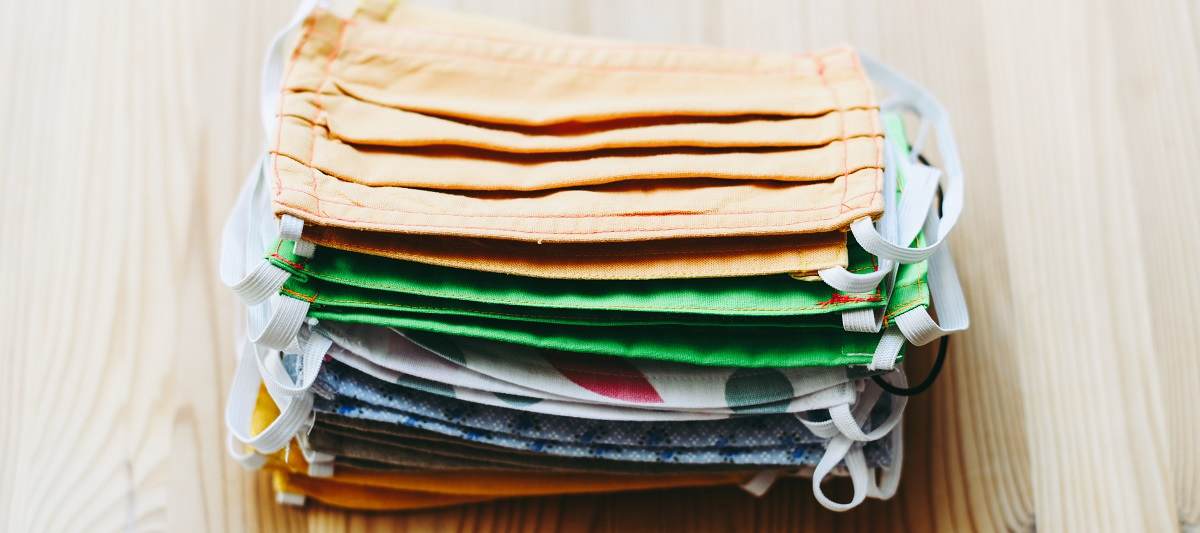
Face masks are in high demand right now, especially among hospital staff and caregivers. While the N95 mask is the only one known to provide protection against viruses such as COVID-19, any coverage is better than no coverage. In fact, hospitals around the country are asking crafters to help by providing homemade face masks. Here's what you need to know to make your own DIY face mask.
The Best Materials for DIY Face Masks
Researchers have studied the best materials for facemasks for years. The goal is to find a balance between a material's ability to filter out small particles (less than 3 microns), the wearer's ability to breathe easily through the material, and the availability of the material.
In 2006 – while researching protection against the H5N1 avian flu – researchers Dato, Hostler, and Hahn tested various materials and concluded that a Hanes Heavyweight 100% preshrunk cotton t-shirt was a good, readily available option. They boiled the shirts for 10 minutes and air dried it to maximize shrinkage and sterilization. Another recent test suggested using vacuum cleaner bags, pillowcases, and dish towels. While those options were effective at filtering small particles, they were more difficult to breathe in.
How to Make a Face Mask
A quick Google search shows various instructions on how to make a face mask. To be most useful, especially to hospital staff, you'll want to choose instructions that include ties for fastening it. According to a call for help on invisibleventura.org, elastic will break down in hospital laundry autoclaves. "They are assuming that these masks will be used for 5 months, so they need quality over quantity for healthcare workers…"
Whether you're making masks for frontline healthcare workers or one for you or a family member, we're here to help! Follow the step-by-step instructions below showing how to make a face mask that covers your mouth. This unique face mask is designed to include an added layer of protection within it.
Important Notes Regarding DIY Face Masks
The National Institutes of Health (NIH) study is clear that a DIY face mask or even a proper surgical mask only gives partial protection against diseases like COVID-19.
“N95 respirators have 2 advantages over simple cloth or surgical masks; they are >95% efficient at filtering 0.3-μm particles (smaller than the 5-μm size of large droplets—created during talking, coughing, and sneezing—which usually transmit influenza) and are fit tested to ensure that infectious droplets and particles do not leak around the mask.”
While some people may find them useful reminders not to touch their faces, the Centers for Disease Control and Prevention (CDC) does not recommend face masks for those who are well and are going out in public. Instead, they should be reserved for those who are caregivers for the sick or those who are sick. An article by USA Today reminds everyone, "Patients with confirmed or suspected COVID-19 should wear a facemask until they are isolated in a hospital or at home. The patient does not need to wear a face mask while isolated.”
The best way to avoid catching COVID-19, the flu, or other respiratory illnesses is to practice good hygiene by washing your hands well and often, staying at least 6 feet away from potentially infected people, avoiding any contact with those who are sick, and avoiding touching your face. People who are sick should self-isolate to avoid spreading the disease.
Another proven way to stay healthy is by breathing clean air at home. Change your HVAC air filters regularly and use the best-rated filters you can find. Our MERV 13 air filters filter out tiny particles that trigger allergies and asthma – helping keep your immune system strong.
How to Sew a Face Mask






**Use a paper clip, not a pipe cleaner, because it won’t rust in sanitizing washes





**Ribbons/ties because elastic straps can break down in sanitizing washes



This mask is designed so you can replace the inserted filtering material as needed, and sanitize wash the mask itself.

